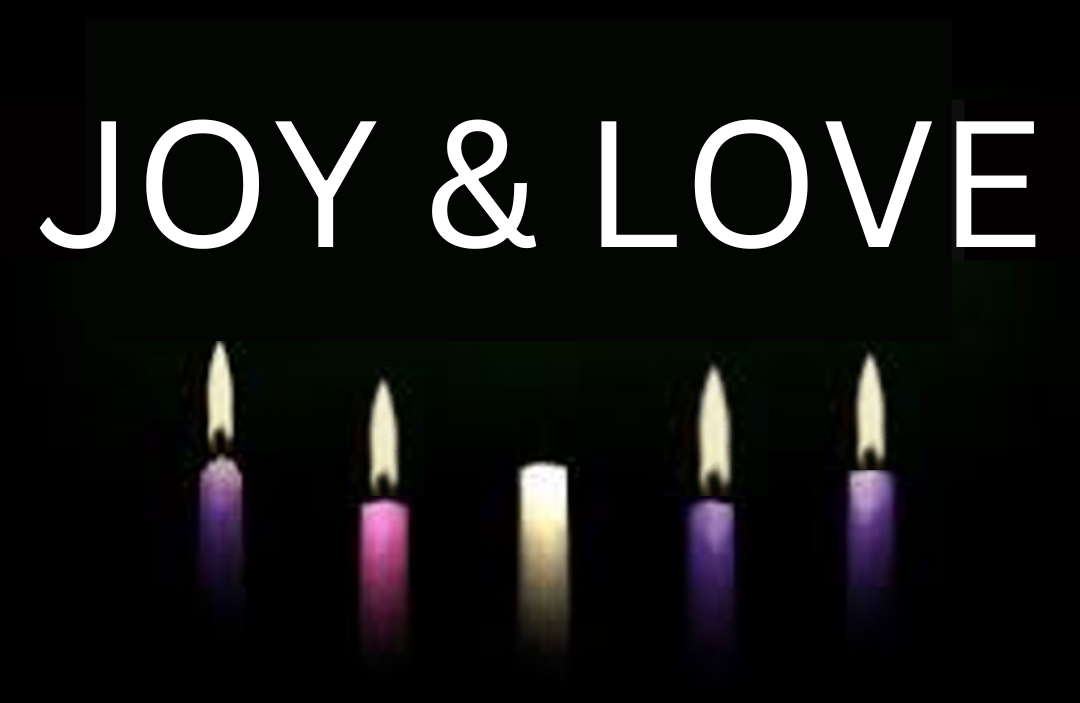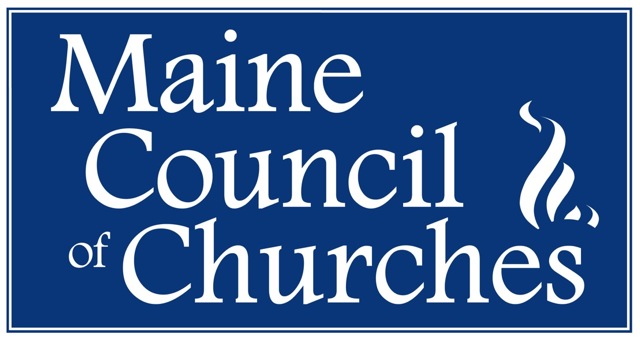Advent 3

For five weeks every year, songs about the incarnation of Christ can be heard playing everywhere—on your radio and TV, at the car wash, in the grocery store. And just about everybody knows the words. They might not be able to tell you what the first book of the New Testament is (just for the record, it’s Matthew), but they can tell you that all is calm, all is bright on a silent, holy night in the little town of Bethlehem where away in a manger the little Lord Jesus lay down his sweet head while certain poor shepherds lay in fields listening to angels on high singing “Gloria in excelsis deo,” and three kings of the orient bearing gifts traverse afar. Christmas carols are, after all, the best known of all religious music, and these days, most people get the only theology they have from the carols that they sing. This year our Advent blog series will explore a favorite carol each week, listening to familiar words with fresh ears and learning the story of when, where, and why they were written. (We also have an Advent message for December’s National Gun Violence Prevention Sabbath available at this link.)
O Holy Night
O holy night! the stars are brightly shining. It is the night of the dear Savior’s birth.
Long lay the world in sin and error pining, till He appeared and the soul felt its worth.
A thrill of hope- the weary world rejoices, for yonder breaks a new and glorious morn!
Fall on your knees! O hear the angel voices! O night divine, O night when Christ was born!
O night, O holy night, O night divine!
Truly He taught us to love one another. His law is love and His gospel is peace.
Chains shall He break, for the slave is our brother, and in His name all oppression shall cease.
Sweet hymns of joy in grateful chorus raise we. Let all within us praise His holy name.
Christ is the Lord! O praise His name forever! His pow’r and glory evermore proclaim!
Christmas Eve 1906. The clock on Reginald Fessenden’s workbench in Brant Rock, Massachusetts, struck nine. He carefully set the needle of his Victrola down on a spinning record and pointed a homemade microphone into the gramophone horn. When a short aria by Handel finished playing, he stopped the record, and moved the microphone over to his wife, Helen. He motioned to her to begin reciting the words from the second chapter of Luke’s gospel, the story of Jesus’ birth, but she froze in fear and couldn’t speak. Flustered, Reginald brought the microphone up to his own mouth and blurted out, “Glory to God in the highest, and on earth, peace…to men of good will.” (It should have been “peace, good will toward men,” but close enough!) Then Reginald handed the microphone to Helen, picked up his violin, leaned in as close as he could and played the French carol “O Holy Night.” He sang the final refrain before switching off the transmitter.
Somewhere out in the cold, dark, Atlantic Ocean, miles to the east of where Reginald and Helen sat wondering if their experiment had worked, wireless operators on several U.S. Navy and United Fruit Company ships sat in amazement. Before that moment, the only sound they had ever heard coming through their radio headsets were the dits, dots and dashes of Morse code. But on that Christmas Eve, they heard music and the sound of a man’s voice saying, “Glory to God in the highest.” It must have seemed like a miracle!
Three days earlier, Fessenden had transmitted a message in Morse code to ships at sea telling them to have their wireless transmitters turned on at 9:00pm on Christmas Eve. He was going to test out his theory that if he combined two frequencies together he would be able to transmit more than just Morse code over radio airwaves—he would be able to transmit music and the spoken word. This theory had gotten him nothing but ridicule—in the press, in the business world, even in scientific circles. He was seen as a crackpot outsider with hare-brained schemes. But on Christmas Eve 1906, it was his voice reciting the gospel of Luke, his violin playing “O Holy Night,” that were heard for the first time over the radio. After his death in 1932, a stone memorial was erected over his grave bearing these words: “By his genius distant lands converse and men sail unafraid upon the deep.”
Fifty-nine years before that first radio broadcast, another pair of oddball misfits who lived in France had composed “O Holy Night.” Placide Cappeau, misfit number un, was the wine commissioner of Roquemaure, a small town in the south of France where Monsieur Cappeau didn’t quite fit in. For starters, he only had one hand (his right hand had been amputated when he was 8 years old after a playmate accidentally shot him); then there was the fact that, unlike his devout Catholic neighbors, Placide Cappeau didn’t attend church; and finally, the icing on the gâteau—he was a political radical, affiliated with the socialist movement. But he was known in his village as someone who had a way with words—he enjoyed writing poetry as a hobby. So, when the town church’s organ was renovated and plans were made to include a rededication ceremony during Christmas Eve services in 1847, the local priest asked Monsieur Cappeau if he would write a special poem for the occasion. Cappeau wrote the poem, “Cantique de Noel,” and then, realizing his words really should be set to music for maximum effect, asked his friend Adolphe Adam to compose a song to go with it.
Enter misfit number deux: Adolphe Adam, a Jewish musical composer who worked in vaudeville, opera and ballet with a notoriously bad temper and a permanently empty bank account. He had his fifteen minutes of fame as composer of the music for the ballets “Giselle” and “Le Corsaire,” but then a tantrum put him on the outs with the movers and shakers of the Paris opera world, and he spent the rest of his life in bankruptcy. That day in 1847, he accepted his friend Placide’s request and wrote the soaring score we now know as the tune to “O Holy Night.” The combination of music and poem made the carol instantly popular, and soon it was being sung in churches and homes all over France.
That is, until French religious authorities got wind of the fact that the carol’s composers were a non-believing socialist and a red-light-district musician with Jewish ancestry. Immediately the carol was banned from churches throughout France. For more than two decades it would not be heard in worship services there, though it continued to be sung in homes and loved by many. It wasn’t until Christmas Eve 1871, during the Franco-Prussian War, when a French soldier laid down his weapon, faced the enemies’ guns and sang “O Holy Night,” the Germans responded by singing a carol by Martin Luther, and a Christmas truce began, that the French Catholic church relented and once again allowed “O Holy Night” to be sung in worship.
Despite its twenty-year ban in the churches of France, the carol had grown in popularity across Europe and even in America, where a young Unitarian minister who believed deeply in the movement to abolish slavery, was so inspired by the words of the third verse that he felt compelled to translate the entire carol into English. It was an instant hit, particularly in the North, during the Civil War.
You may not be surprised to learn that this American, Rev. John Sullivan Dwight, was…you guessed it, a bit of a misfit, an outsider! Extremely intelligent, John Dwight had attended Harvard Divinity School and then took his first call. But after only one year, he had to resign because he suffered from what we now know as agoraphobia. After leaving the ministry, he tried living in communes associated with the Transcendentalist movement (think Henry David Thoreau and Ralph Waldo Emerson), but eventually found his calling as a writer and music critic, and the founder of an influential music journal.
And so, the story of “O Holy Night” is a story of outsiders, outcasts, misfits and broken people: a disabled socialist poet, a bankrupt Jewish vaudevillian, an agoraphobic abolitionist, and a ridiculed crackpot inventor playing his violin into a microphone that might—or might not—be transmitting his song to anyone.
That sounds like a story that’s got God’s fingerprints all over it!
Outsiders, outcasts, the ridiculed. It’s the story of Christmas, too. Mary: the unwed pregnant teenager. Joseph: the man facing the prospect of raising someone else’s child. Together: part of a community oppressed by the occupying forces of the Roman empire, forced to deliver a baby in a stable and lay him in a feed trough. Then there’s the shepherds: people not welcome in polite company—dirty and smelly, they slept outdoors, were often suspected of being thieves, their testimony wasn’t acceptable in a court of law. What about the magi? Strangers, foreigners from the East, who practiced a mysterious religion and had unfamiliar clothes and customs. The oppressed, the poor, the hurting, the outsiders. That is who comes to the manger.
Even as an infant, Jesus was already turning the world upside down. Dirty, smelly shepherds are serenaded by angels from heaven; foreigners who practice a different religion are among the first to be invited to meet the Christ child; and an unwed, pregnant teenager becomes the mother of God. Once again, God chooses the foolish and the weak to transform the world; God stands with the poor, the outsider, the last and the least that they might be first in the kin-dom, that their souls, in the words of the carol, might feel their worth, that their weary hearts might feel the thrill of hope.
But God doesn’t stop there. As the final verse of “O Holy Night” expresses so beautifully, God is clear about how we are each called to respond to that thrill of hope, to that great good news that our souls do have worth in the eyes of the Creator. We are to love one another, to abide by God’s law of love and to preach Christ’s gospel of peace. We are called to recognize every enslaved person as our brother, our sister, and to work to break the chains of oppression in all its many forms: poverty, hunger, addiction, racism, loneliness, greed. When we hear the Christmas story, when we listen to the beautiful words and music of Placide Cappeau, Adolphe Adam, and John Sullivan Dwight, we should ask ourselves, “What am I doing to give others the thrill of hope? What can I do to break the chains of oppression? How can I show others the worth of their soul?” There is a weary world out there in need of hope. There are people in need of love and peace and justice. Do we have a song to sing to them, a story to tell them of a new and glorious morn?
I believe that we do. I believe that we, like Reginald Fessenden, are meant to sing that song out into the night sky, even though we’re not sure anyone will hear it. We sing because we have faith, trusting that someone is listening, and maybe, just maybe, because they hear us, will no longer be afraid to sail upon the deep.
May it be so.
All of us here at the Maine Council of Churches wish you the blessings of hope, peace, love and joy this Christmas and in the New Year,

Rev. Jane Field, Executive Director

